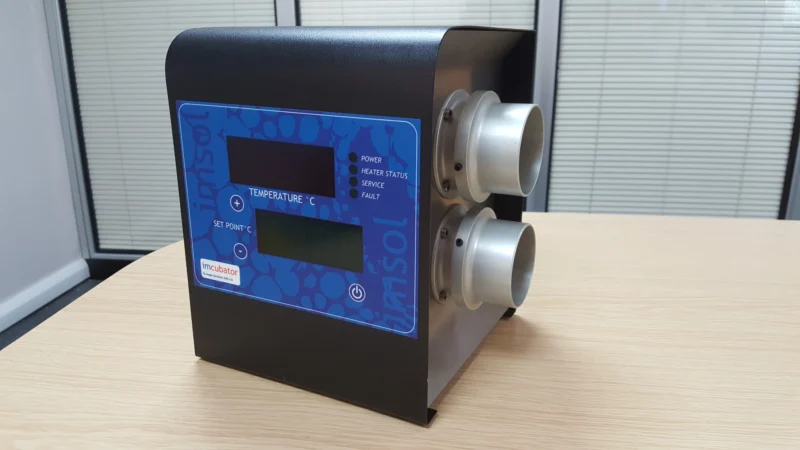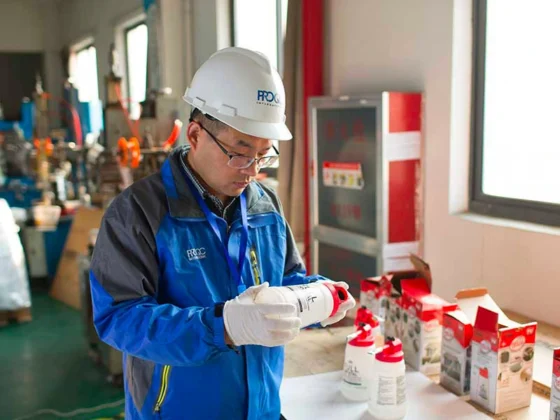The environment control chamber is an essential piece of equipment for any research lab. It provides a controlled environment in which experiments and testing can be conducted with precision accuracy and repeatability.
This article will discuss the importance of safety and maintenance protocols when it comes to operating environmental control chambers, as well as how they should be implemented to ensure optimal performance. Well also explores necessary precautions that must be taken to protect personnel from potential hazards associated with the operation of these systems.
By following these guidelines, you can make sure your environmental control chamber operates safely and efficiently throughout its lifetime.
Personal Protective Equipment (PPE)
Personal Protective Equipment (PPE) is a must when it comes to performing maintenance and upkeep of environmental control chambers. PPE includes items such as safety glasses, face masks, gloves, hard hats, and protective clothing.
It is important to use the appropriate PPE for each task that needs to be done to ensure the operator’s safety. Furthermore, all operators should have their own set of personal equipment so they can switch out any pieces that become worn or damaged during use.
Additionally, it’s important to periodically inspect and replace any PPE item that has been used multiple times before discarding them safely by local regulations. By following these guidelines for using and maintaining Personal Protective Equipment (PPE), you will ensure your workers are safe while completing necessary tasks within an environmental control chamber setting.
Hazardous Material Handling Procedures

The handling of hazardous materials is a critical component of maintaining a safe and functioning environmental control chamber. As such, all personnel need to be familiar with the appropriate procedures when working with any type of hazardous material.
Before performing any maintenance or work on an environmental control chamber, staff should assess the risk associated with the surrounding environment and take necessary precautions to ensure their safety including wearing protective clothing, goggles, and masks where relevant. It is also essential that only approved chemicals are used inside the chamber as certain substances can cause significant damage if exposed to sensitive equipment or other components within its walls.
Furthermore, special care must be taken when disposing of hazardous waste so as not to contaminate nearby areas or endanger anyone nearby. Finally, emergency protocols should always be followed in case an accident occurs while handling hazardous materials within an environmental control chamber.
Humidity Level Testing & Adjustments
Humidity level testing and adjustments are an integral part of maintaining safety protocols in environmental control chambers. Humidity levels must be monitored regularly to ensure the chamber remains within acceptable parameters for human health and comfort.
A well-maintained humidity level is critical for any environment as too high or too low of humidity can lead to negative effects such as mold growth, which can further compromise the integrity of the chamber interior. To properly test and adjust humidity levels, operators should use specialized equipment that measures moisture content in the air inside the chamber.
This data should then be compared against industry standards for optimal environmental conditions so adjustments may be made if necessary. In some cases, humidifiers or dehumidifiers may need to be installed to maintain a proper balance between dryness and wetness inside the chamber.
Additionally, all personnel involved with operating these machines must understand how they function so they don’t inadvertently introduce foreign elements into the system while attempting repairs or maintenance procedures on them. All safety protocols related to humidity level testing and adjustments must be understood by everyone working with environmental control chambers to minimize risks associated with improper handling or operation of this type of machinery.
Doing so will help ensure that any changes needed can be implemented quickly and effectively without compromising anyone’s safety or well-being who works with these systems regularly.
Air Quality Monitoring & Filtration Replacements

Air quality monitoring and filtration replacements are essential components in the safety and maintenance protocols of environmental control chambers. These systems can help to detect any irregularities or unexpected changes that may occur within a chamber, such as sudden drops or spikes in temperature, humidity levels, air pressure, oxygen concentration, and other pollutants.
Regular checks should be performed to ensure that the environment inside is safe for occupants or occupants’ equipment. Additionally, filters need to be replaced regularly so they do not become clogged with contaminants which could affect air quality.
With regular inspections and replacement of filters when needed, users can rest assured that their environmental control chamber will remain healthy and operate at optimal efficiency for many years to come.
Conclusion
Environmental Control Chambers are essential for maintaining optimal conditions in a variety of industries, from laboratories to production and food processing. Safety and maintenance protocols must be established to ensure the highest level of performance and safety while using these chambers.
Properly following these protocols can help reduce risks associated with malfunctions or damage due to improper use, as well as improve overall efficiency. By taking the time to understand how Environmental Control Chambers work and implementing proper maintenance procedures, businesses can achieve the best results safely and cost-effectively.



